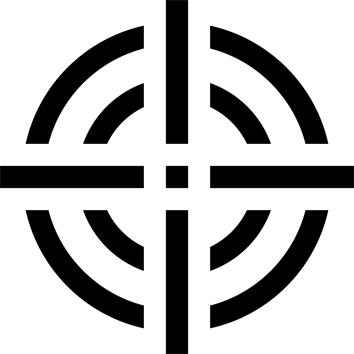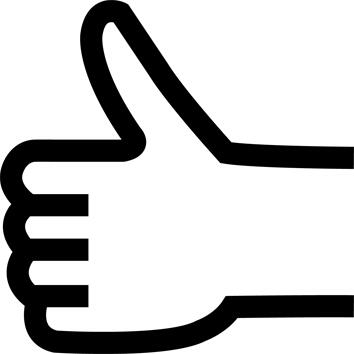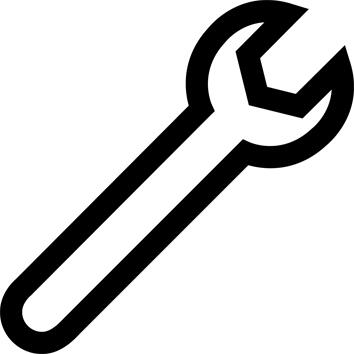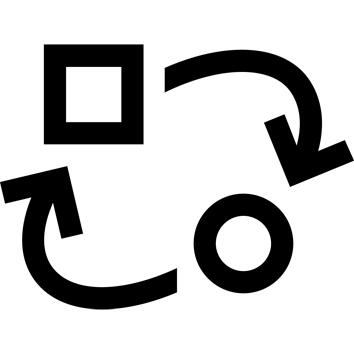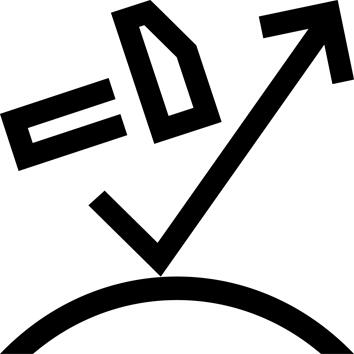The weight of your cue
Your BC 900 UK billiard/snooker cue weighs 480 g (17 oz). We cannot guarantee the exact weight of your cue. A tolerance of 10% must be allowed, since wood density can vary, even within the same wood species, depending on the forest exploited, its exposure to the sun or the section of the tree used (bole, crown, top).
The size of your tail
The BC 900 UK/SNK cue measures 145 cm (57 inches): this is the standard size for billiard cues. Its size, will allow you to adopt the right posture during your shots.
For balls further away, add your extension to the end of your cue shaft and gain 10 cm. Your cue will go from 145 cm to 155 cm in a matter of seconds.
The balance of your cue
Your cue has a balance of 43 cm, which means that the balance point is 43 cm from the end of the shaft.
If you're using an open bridge, the balance point must be in front of the gripping hand, otherwise the cue will "lift" off the top of your hand.
The balance point is generally of little consequence, apart from personal preference.
A barycenter further back will make your cue feel heavier; if it's further forward, your cue will feel lighter.
Why can't we guarantee the straightness of our cues?
All our cues are manufactured. Their straightness is checked individually, piece by piece, as they leave the factory. However, during transport and storage, billiard cues are subject to variations in temperature and humidity, which can alter their straightness over time.
This stability problem applies to all billiard cues on the market made from wood (maple, ash, poplar, ramin).
Why ash?
Ash is a particularly strong and resistant wood. It can therefore be used to manufacture fine arrows, adapted to the size of the white blackball.
Historically, snooker and English billiard cues were made from ash, because it was (and still is) a widespread wood species in Europe. This choice (accessibility of raw material) in the manufacture of English billiard cues has been retained.
Physical properties and technical data of ash
Ash, with a density of 0.68 and a Monnin hardness >5, is classified as a medium-hard wood.
This species has a compressive strength of 51 MPa and a static bending strength of 113 MPa. Its longitudinal modulus of elasticity is 12,900 MPa. These are average measurements, which can be consulted, for example, on the CIRAD reference site.
Ash is a strong, resistant wood whose characteristics make it ideally suited to the manufacture of billiard cues.
How to preserve your cue?
Your cue is made of wood, so our team recommends that you keep it protected from humidity and temperature changes.
After your games, use a cue tray or dedicated cases/covers, but don't leave it against a wall: you risk deforming it.
Did you know? The process of your cue can be maintained.
With the passage of time, numerous games, shocks with the ball, chalk, etc., your process (the tip of your cue) will become damaged. And that's normal! You'll need to change your cue tip, and to do so, nothing could be simpler:
1/ Remove the damaged cue tip
2/ Sand the new one with sandpaper
3/ Glue on the new cue tip
4/ Work on the new cue tip
Our product engineer tells you more > https://support.decathlon.fr/changer-un-procede-comment-reparer-une-queue-de-billard
Why a tail cut in half?
For easy transport, your cue can be unscrewed in 2 parts at mid-length.
The steel/reinforced joint provides quality clamping and eliminates the impression of a 2-part cue when playing.
And with its ultra-fast screw thread, you can assemble and disassemble your cue in just 2 turns.
What's the purpose of the bumper at the end of the tail?
The heel of the shaft (the part you put on the floor!) is made of rubber: no risk of damaging the cue or the floor when you wait between shots!
Team tip: how to hold your cue properly?
1. Do not grip the cue too tightly
2. Only your index finger and thumb will hold the cue, the other fingers will only act as supports.
3. The palm is not in contact with the cue, but only at the end of the gesture.
4. Flexible wrist and elbow: the shoulder remains fixed!
5. Do not lift your cue at the end of the movement.
For further information: https://conseilsport.decathlon.fr/technique-billard-apprendre-a-tenir-sa-queue-de-billard
What is snooker?
Snooker is distinguished by its imposing table: 3.57 m long by 1.78 m wide and weighing over 1 tonne. But it also has a larger number of balls than American billiards or English billiards (15 balls vs. 22 coloured balls in snooker).
Very large table, small-diameter balls: as you can see, this is a discipline where precision and rigour are essential! Want to find out more? https://conseilsport.decathlon.fr/billard-decouvrez-le-snooker
What is blackball?
We've all seen it at least once in a commercial billiard room: the famous English billiard table with its yellow and red balls.
The table is one of the smallest in the billiard family, with narrow pockets and small balls (50.8 mm vs 57.2 mm for American billiards). English billiards is also distinguished by its type of play: strategic and, above all, defensive!
